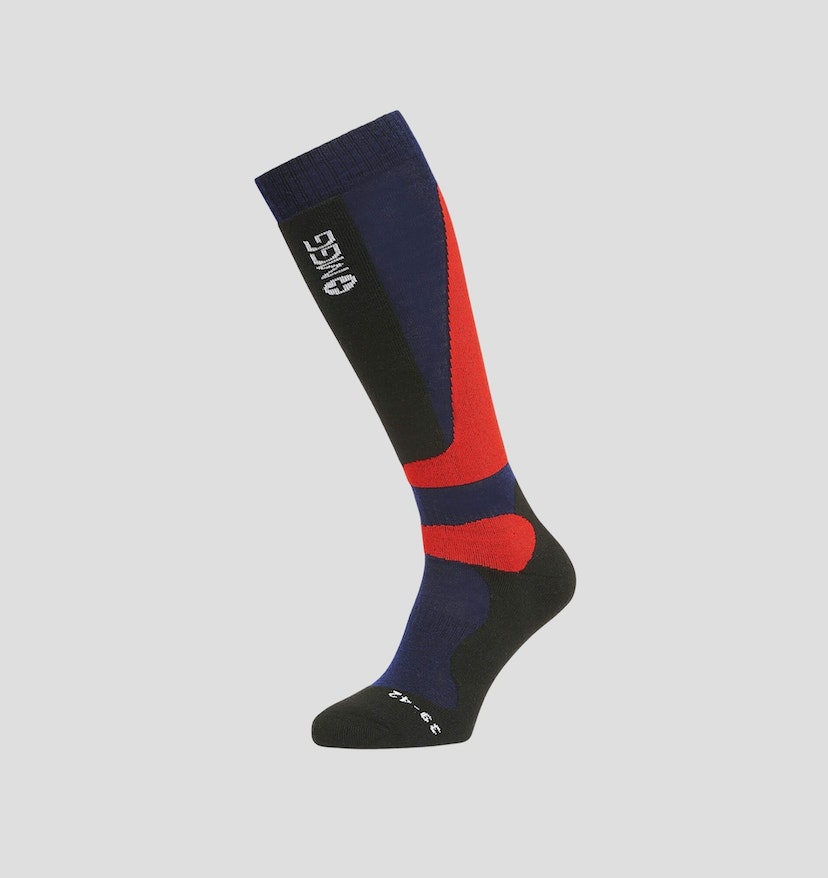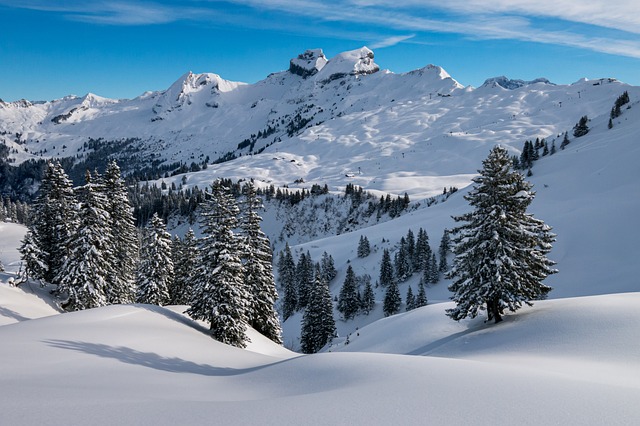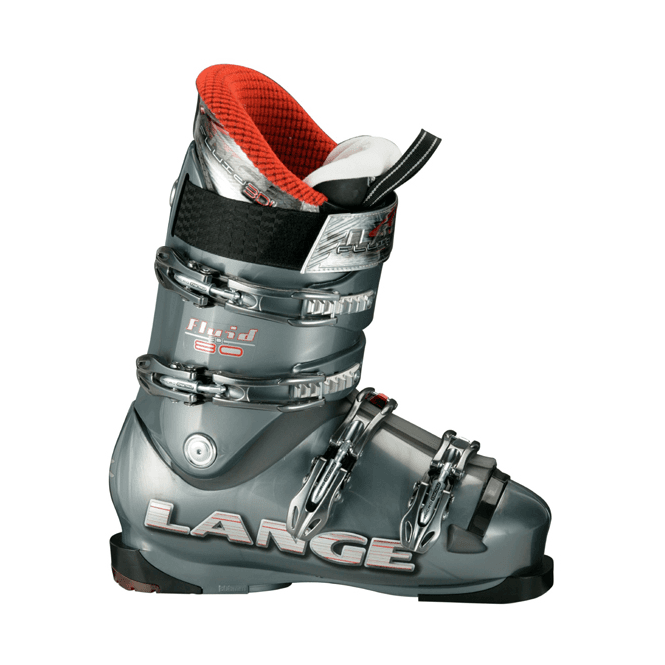
Ski pants are essential for making your day on slopes enjoyable. They protect your lower legs against the snow and ski edges while keeping you dry. It's important to choose the right pair. There are many options to choose from.
Patagonia's PowSlayer ski pants are a great option. It comes with a waterproof zipper and taped seams. It also has DWR coating. It does have some disadvantages. It's bulky, and there is no way to tighten the leg-cuffs. It is also too small to store items in the hip pocket.
The Arc'teryx Beta AR, a well-respected hardshell pant, is a timeless classic among alpinists. It's made with a tough, lightweight Gore-Tex Pro fabric. The fabric is strong and lightweight, making it an excellent addition to your skiing wardrobe. You'll find a large reinforced thigh zip with reinforced instep and a single zippered pockets.

The Outdoor Research Trailbreaker II is a good choice for backcountry skiing. It has a technical design as well as a breathable shell. This pant is ideal for touring in mid-winter conditions.
Another excellent choice is the REI Powderbound. This pair can be used on cold or warm days. Although it is relatively cheap, it does contain synthetic insulation, which makes it a worthwhile purchase for everyday use.
The Arc'teryx Beta AR doesn't have the most technical features, but there are still some things that make it worth looking at. One of those features is the integrated RECCO (Research Corporation of Canada), avalanche safety'reflector. The RECCO Reflector is a passive unit used by resort search and rescue to aid skiers in an avalanche situation.
The Freedom Insulated does not require a belt. This pant has a good fit and stretchy fabric.

A bib provides more comfort. The Outdoor Research Carbide is an excellent bib that's weather resistant, has an articulated fit, and is very affordable. Unlike most other bibs, it has three pockets, a scuff guard, and a durable zipper. Among testers, longer inner cuffs were the most preferred feature.
While not as waterproof as a hardshell, the PowSlayer is a solid pair of hardshell ski pants. You will have plenty of options to make your day go smoothly with the waterproof zipper, taped seams as well as scuff and guard protections. This doesn't mean it's the best.
Your skiing experience will be memorable if you have the right fit and feel. Choosing the right pair of ski pants is a matter of style, function, and budget. Make smart choices and you'll have lots of fun. Make sure to get warm, water-resistant long pants! Don't forget to put on a layer of base clothing to keep you dry and warm in an emergency.
FAQ
How do I prepare my body for vacation?
To maintain a healthy lifestyle on vacation, you must eat well and exercise regularly.
Before you leave for work, it is important to be well-hydrated and rested.
All necessary travel documents should be prepared.
Also, be sure to bring enough medication for your trip in case you need it.
Make sure you bring a change of clothes in the event that you are injured or get sick.
Should I get travel insurance?
Travel insurance is essential if you are planning on doing something adventurous. You should ensure that you have coverage for all types and forms of adventure sports.
Skiers, for instance, should have adequate medical coverage. You should also consider getting coverage for theft, damage, and loss.
You should also consider buying cover for cancellation. This covers you from any possible penalties if you cancel your holiday.
In addition, you should ask for cover for emergency evacuation. This covers being evacuated off the mountain in an emergency such as an avalanche.
Which are the best places to stay abroad for a bargain?
For travelers looking for cheap accommodation, there are several options: hostels; hotels; guest houses; and bed & Breakfasts.
Hostels offer affordable accommodation in dorm rooms with shared bathrooms and living areas.
Hotels are generally located in touristy areas.
Hostels are very similar to guesthouses but have more rooms and less people sharing them.
These beds and breakfasts are very well-liked by budget-conscious travelers. A guest stays in a private home and is provided with a full morning breakfast.
Do you worry about missing something while traveling?
Yes, I often forget stuff. This is most common on short trips. Fortunately, I always bring everything I need, so I don't run out.
For example, my passport is always with me. I also make sure to have enough money for any purchase of tickets.
Also, my phone charger is always with I. And I use a small bag to store other items.
What snacks can you take on a plane with you?
There are many choices of snacks that you can bring along when you travel. Consider bringing any foods you like while on the road.
You could pack, for instance, chocolates and other chocolate-related treats.
You might consider packing cheese or crackers if you are looking for something savory.
It's also worth considering what kind of beverages you'd prefer to have aboard. Perhaps you'd prefer something cold or hot?
Whatever type of snack or drink you decide to bring along, make sure they are all packed safely and securely.
This way, you won't need to worry about them getting damaged during travel.
Statistics
- Between the ages of 11 and 13, kids, or tweens, will likely want some autonomy but also need boundaries. (travelandleisure.com)
- That's an 18% jump from 2019, the previous record year. (travelandleisure.com)
- Pack sweaters, jackets, and underwear in reusable compression bags creating up to 75% more space in your luggage. (wikihow.com)
- According to Maori legends, this park holds 14 fjords that were all carved by a giant stonemason with an adze. (busytourist.com)
- They're also likely to offer babysitting services, in case you'd like to have dinner one night after 7 p.m. (travelandleisure.com)
External Links
How To
How to plan for your next holiday
Booking flights, hotels, car rental, and activities are just a few of the many aspects involved in planning a trip. It involves important considerations like your budget, destination choice, weather forecast, etc.
These points should be kept in mind while you are planning your next holiday.
We have prepared a step-by, step guide to help with your next vacation planning. Based on customer feedback and our own experience, this guide was created. We hope you find this guide helpful and easy to follow when planning your next vacation.
Steps:
-
Your Budget Plan - It is important to plan your budget before you start planning your trip. You must know how much money you want to spend on your trip before you start thinking about where to go and what to do. If you don’t have enough money, it might be necessary to cancel your trip.
-
Book Your Flights - After determining your budget, the first thing you should do is book your tickets. Make sure you choose the best flight deal available at the lowest price. Check to see if there are any seasonal specials offered by airlines. These deals could be a great way to save money.
-
Choose Your Destination - Once you've booked your ticket, the next thing you'll need to decide is where you'd like to travel. Multiple factors come into play when choosing your destination, including location (where you're going), climate (what season to visit), culture (how friendly people are), and cost (how affordable it is).
-
Locate Accommodations – After you've chosen your destination, you need to locate accommodations. There are many choices for accommodation. You can choose from affordable hostels or luxury suites. The type of accommodation you choose will depend on your preferences and needs. For example, staying in a hotel may not be ideal if you're looking for a place close to the city center. On the other hand, if you prefer quiet places away from crowds, a homestay may suit your requirements better.
-
Select Activities and Attractions - Now is the time for you to choose the attractions and activities that you want to include in your itinerary. Depending on your length of stay, you may choose to add or remove activities.
-
You can now determine your schedule. It is important to stick to a schedule in order for maximum enjoyment of your trip. But, it's possible to enjoy your trip more if your schedule is flexible.
-
Make an itinerary - This is where you include all details about your trip. You should list all the details, from flights to accommodation to activities to restaurants.
-
Research Online – Make sure you research everything before you leave on your trip. To find out what other travellers think about different destinations, read reviews and testimonials. This will allow you to plan your trip accordingly.
-
Take care when packing. Too many clothes is not a good idea. Instead of bringing five sets of clothes, bring three. Consider bringing clothing that's appropriate for the region.
-
Make sure you are prepared - Be prepared before you set off on your trip. You don't want to waste time searching for important documents while you're still in transit.